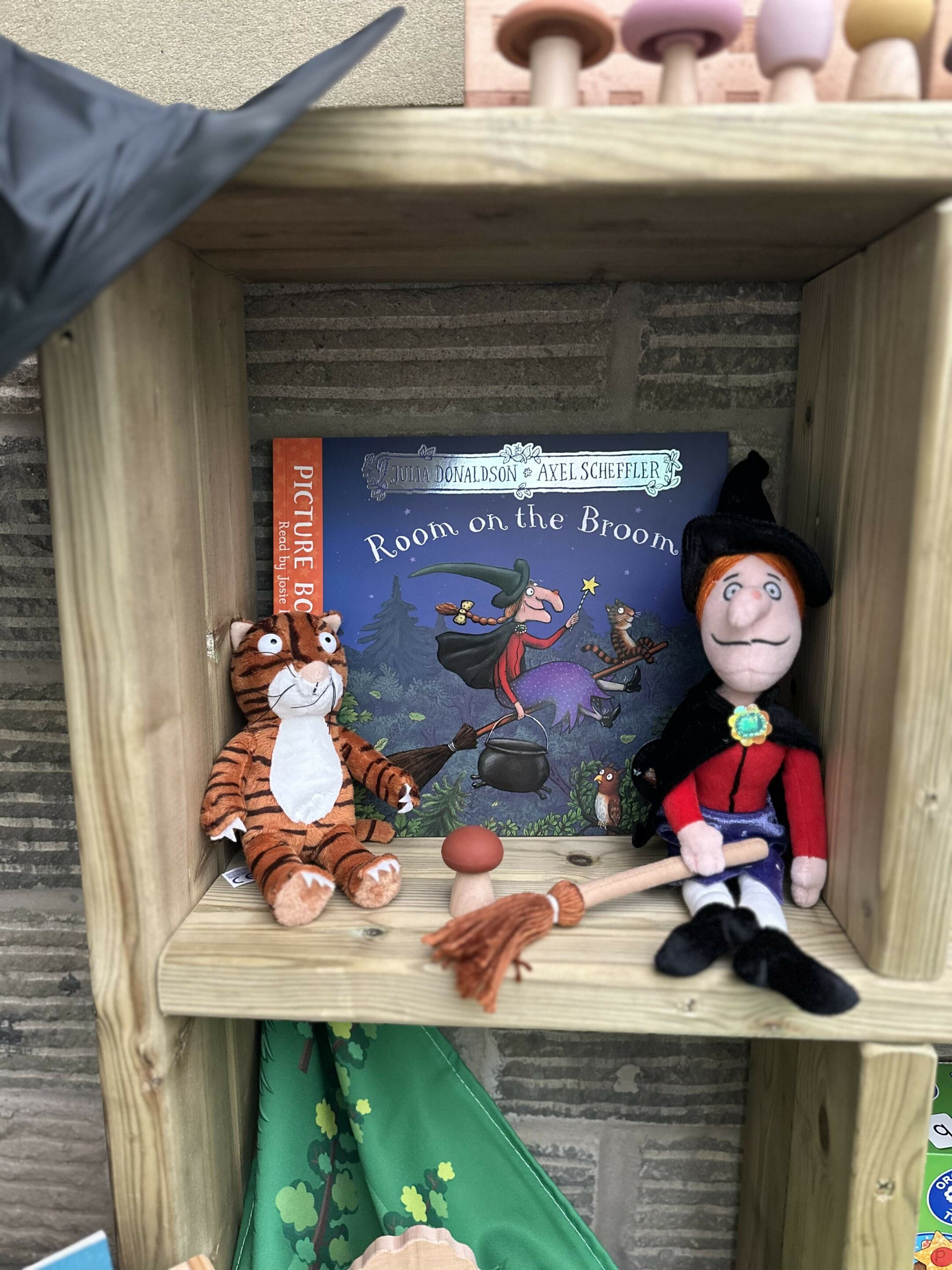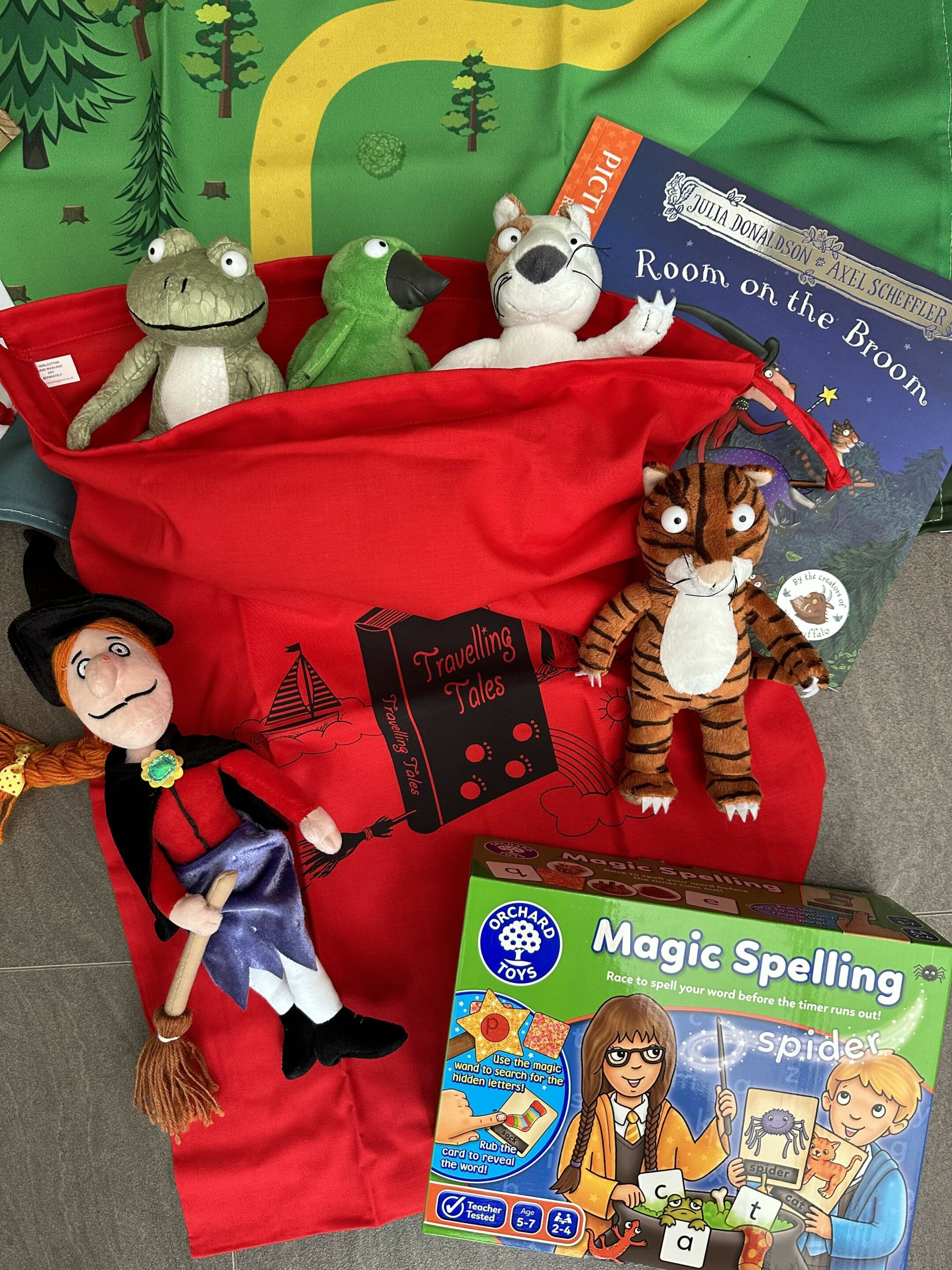Promoting Early Language with Stories and Books
Reading and telling stories to babies (even before they are born) has been proven to have lasting, positive effects on children as they acquire their early language and young brains are developed. From birth, making stories part of everyday routines allows children to foster a love of storytelling/reading and hopefully this then continues into adulthood.
Stories and books can be a key indicator to success in later life. A child who has a story read to them every day by the time they are five, will have listened to 1625 books. The DfE in ‘The Reading Framework’ 2023 quote that if read to daily, children are exposed to 296,660 words by the time they are five compared to just 4,662 words if they are never read to.
As educators, we know how important those early experiences are and that every child can have a different starting point. We can help to close the language gap by reading every day, building a love for stories and developing children’s language skills by bringing stories to life.
Choosing quality stories to read and develop learning from can give children a love and passion for stories. Books containing repetitive refrains, rhyming language, beautiful illustrations and a good quality of written language will expose children to words they may not usually come across in every day speech. Room on the Broom by Julia Donaldson is a wonderful example. The repetitive language and storyline helps children to understand the plot and make predictions about what will happen, whilst being able to make sense of the new vocabulary.

Examples of new vocabulary:
• wailed
• grinned
• fluttered
• shriek
• clutched
• tumbling
• squelched
Bring the story to life
Children learn through play. Reading stories and exposing children to the language alongside allowing them to play will bring on communication skills and understanding in the early years.
Providing props for children to play with, linked to stories will allow them to put their newly acquired vocabulary to use. This can be facilitated by adults at first and left out for children to explore by themselves. It is truly magical to watch as a child acts out a story using their own language with others.
There are many ways to display props which will encourage them to explore and use creatively. In my own classroom, I link my small world area to stories and set up shelves with access to props from a chosen story and other open ended materials that can be used to further enhance storytelling.
Another great way to engage families to join in with storytelling is through the use of ‘Travelling tales’ bags. Children can take them home and share their knowledge of the story with family members and spread their love of reading.

This article was kindly written by our brand ambassador Katie Taylor (Early Years Outdoor). For more about early literacy and reading, have a read of our blog post on Bringing Stories to Life.
Related blogs
What Goes In, Must Go Out
Creating a Circular Economy in Your Nursery Author: Nick Corlett Sustainability Manager at LEYF Sustainability is more than a trend—it’s a shared responsibility, and the nursery is the perfect place to nurture these skills. Every day...
Top tips to create a SEND-Friendly Primary School Classroom
Author Lindsay Robinson Lindsay Robinson has been a primary school teacher for 23 years and is passionate about achieving the very best outcomes for children through quality first teaching and experiences. I remember receiving very little guidance during my teacher...
Celebrating being part of a Global Community
Author: Alice Sharp As a young teacher I can remember how much time and effort went into looking at the SHAP Calender. This is a calendar of festivals around the world. We had to try and ensure we celebrated anything relevant but also introduce other festivals from...


